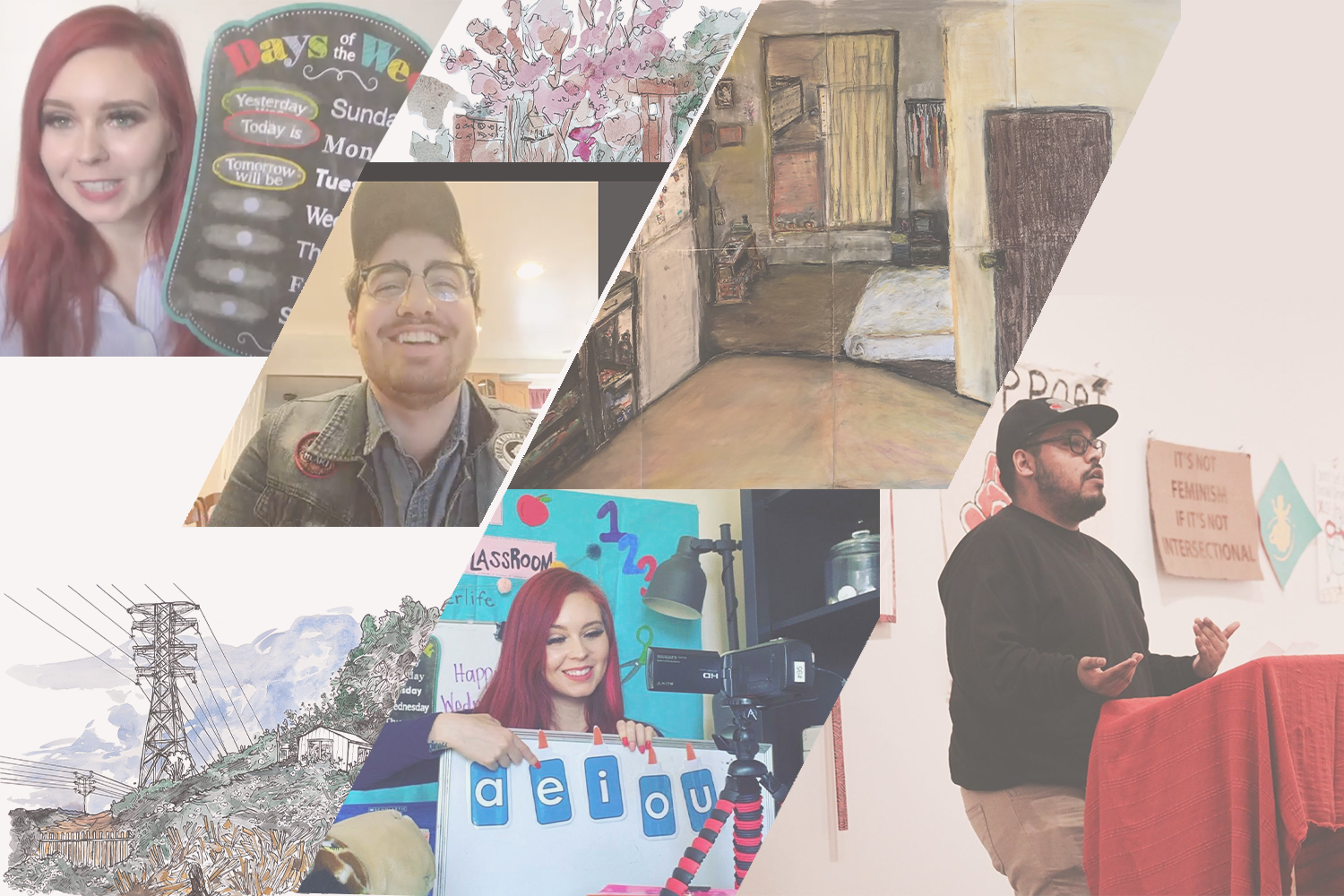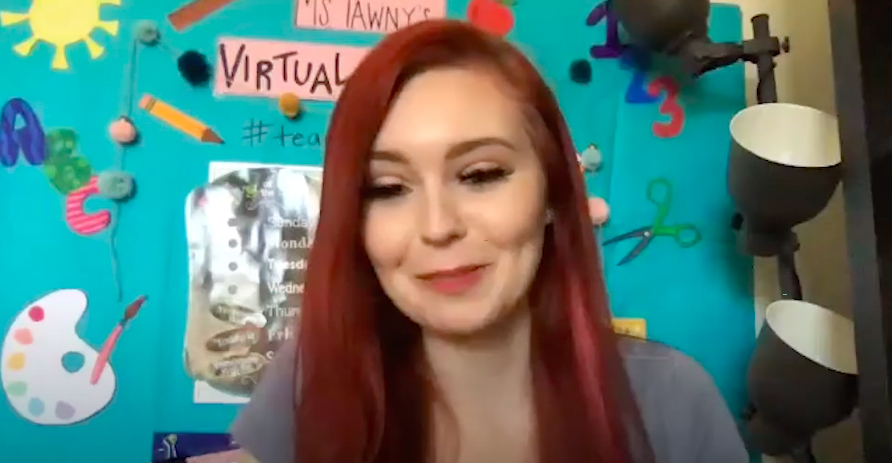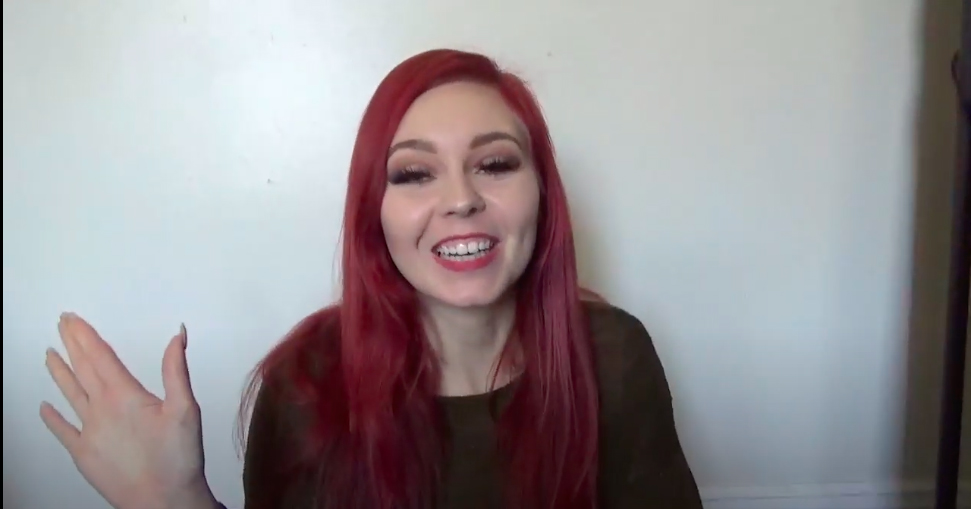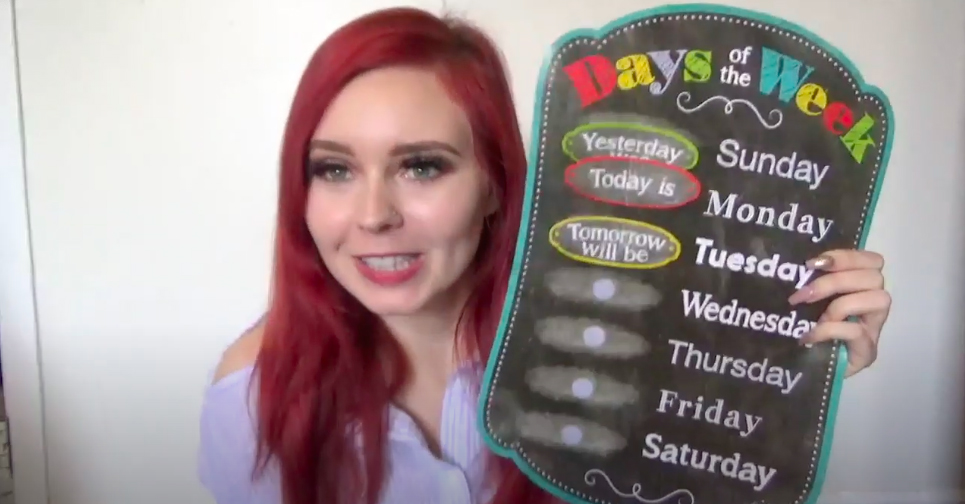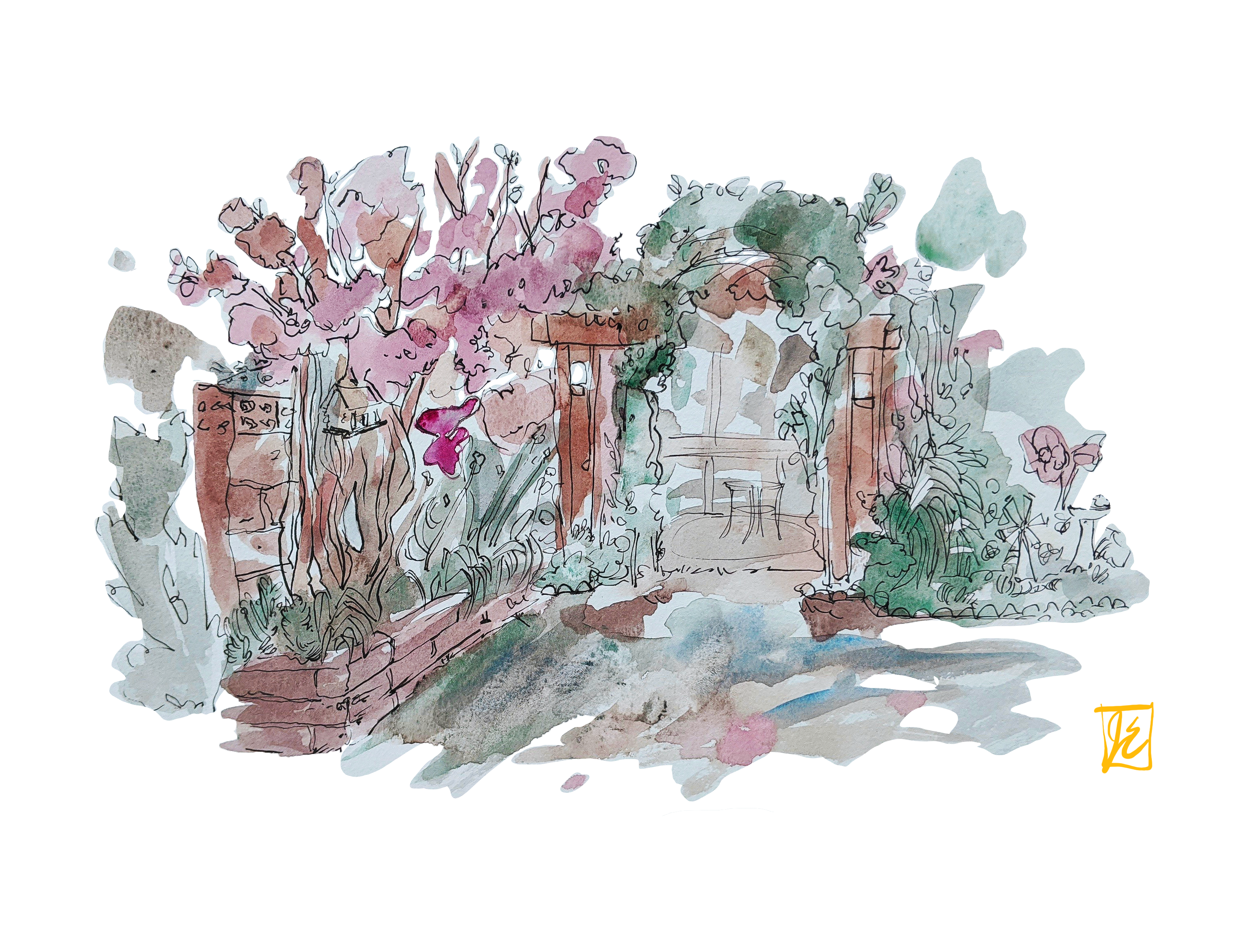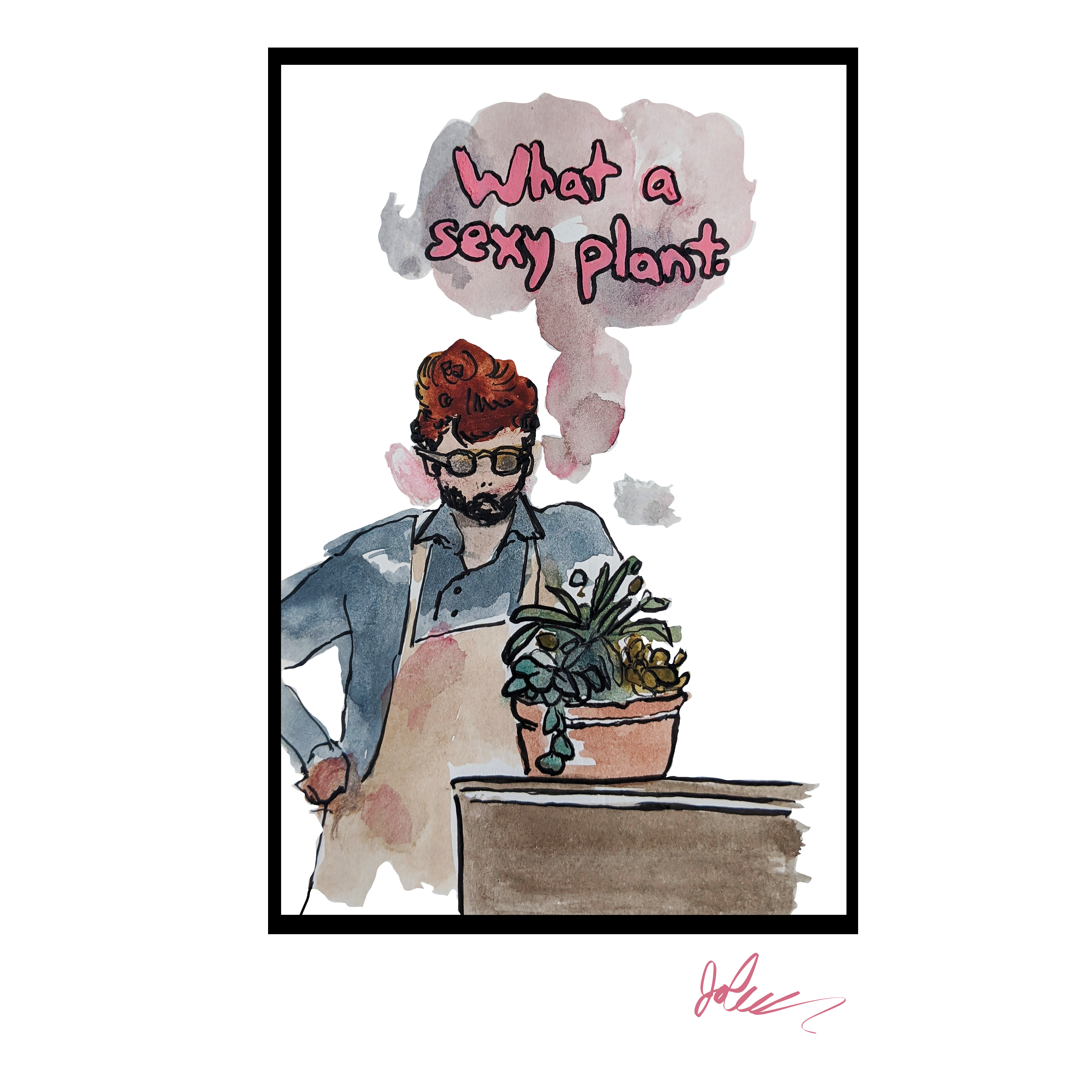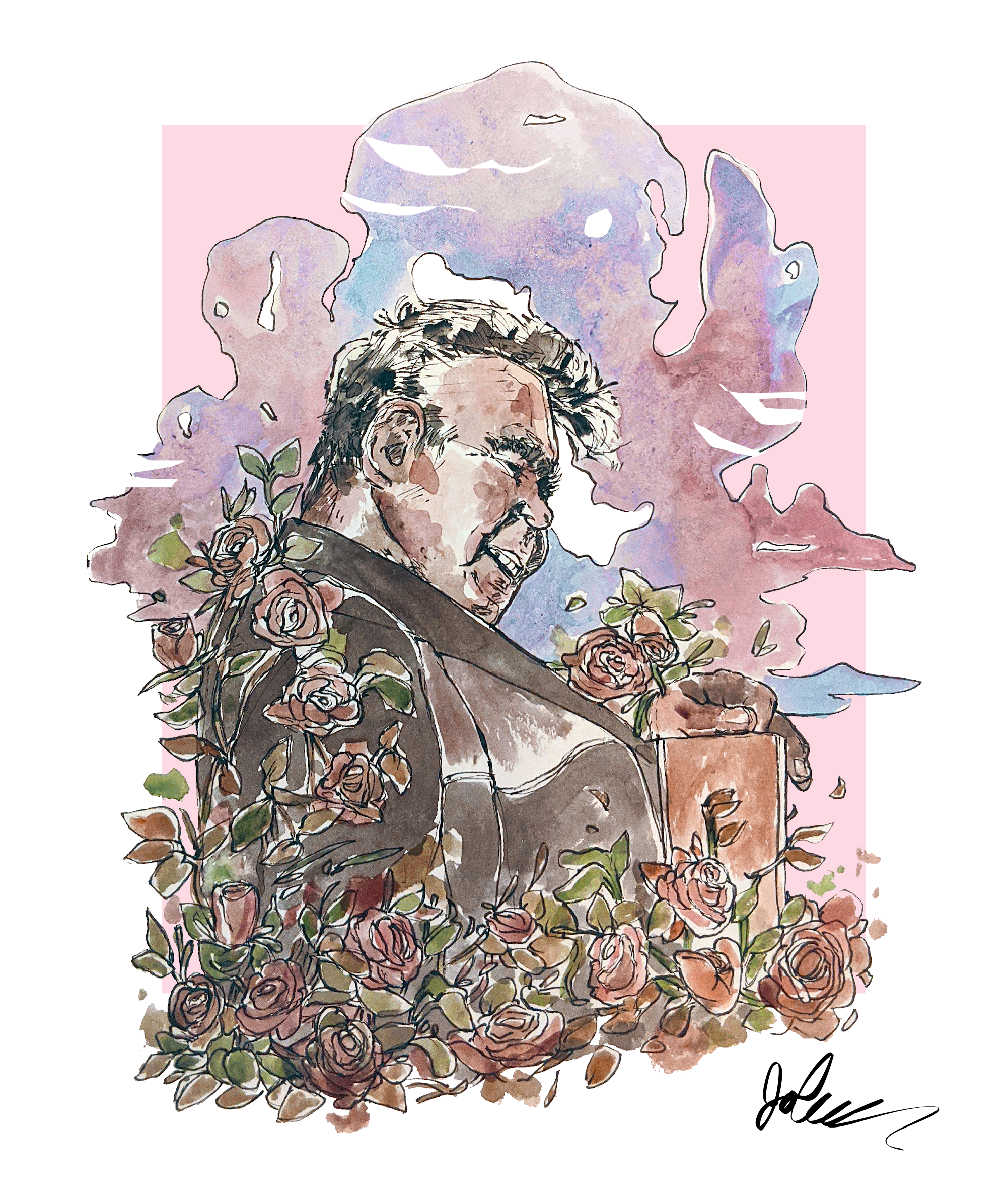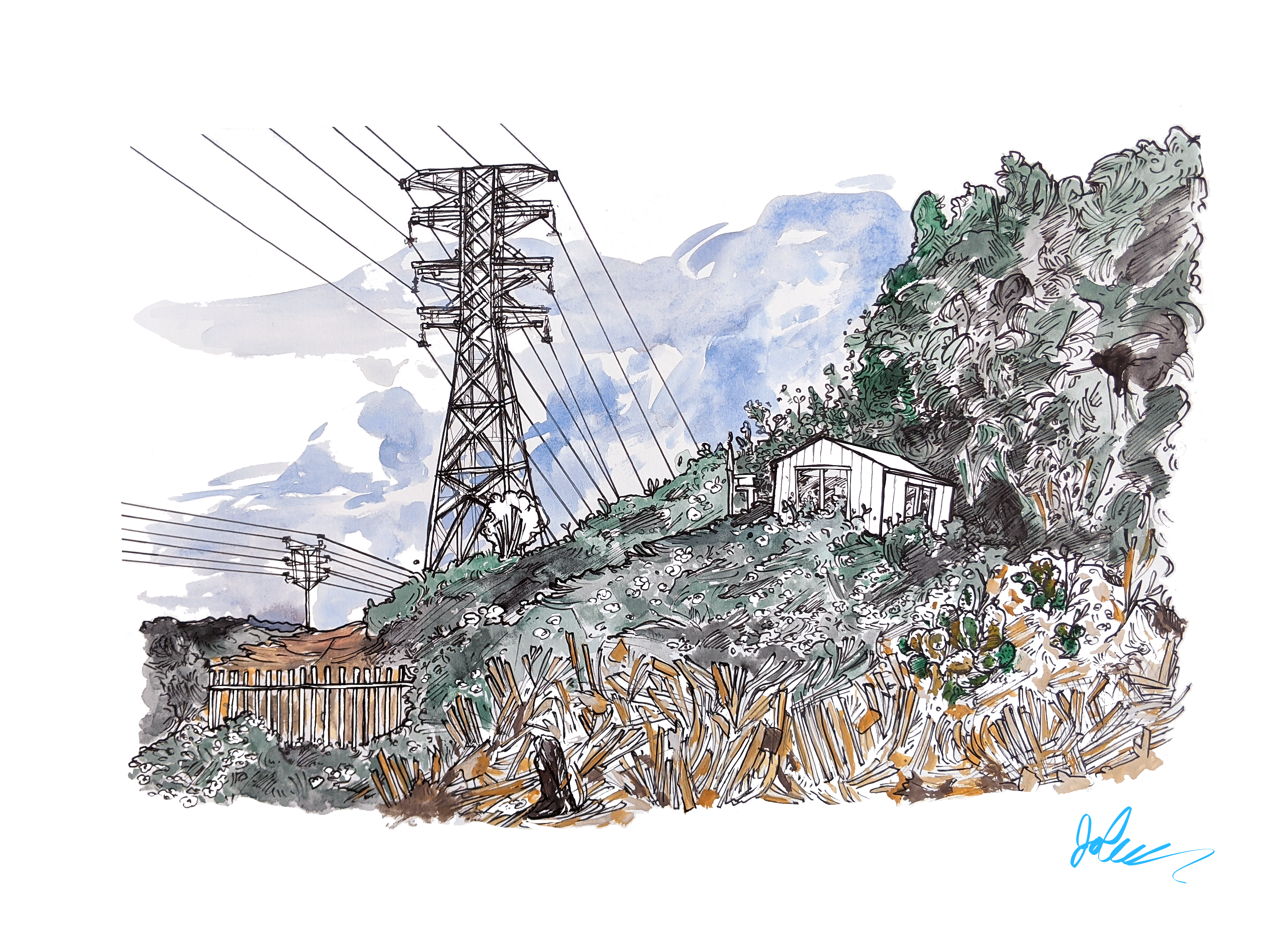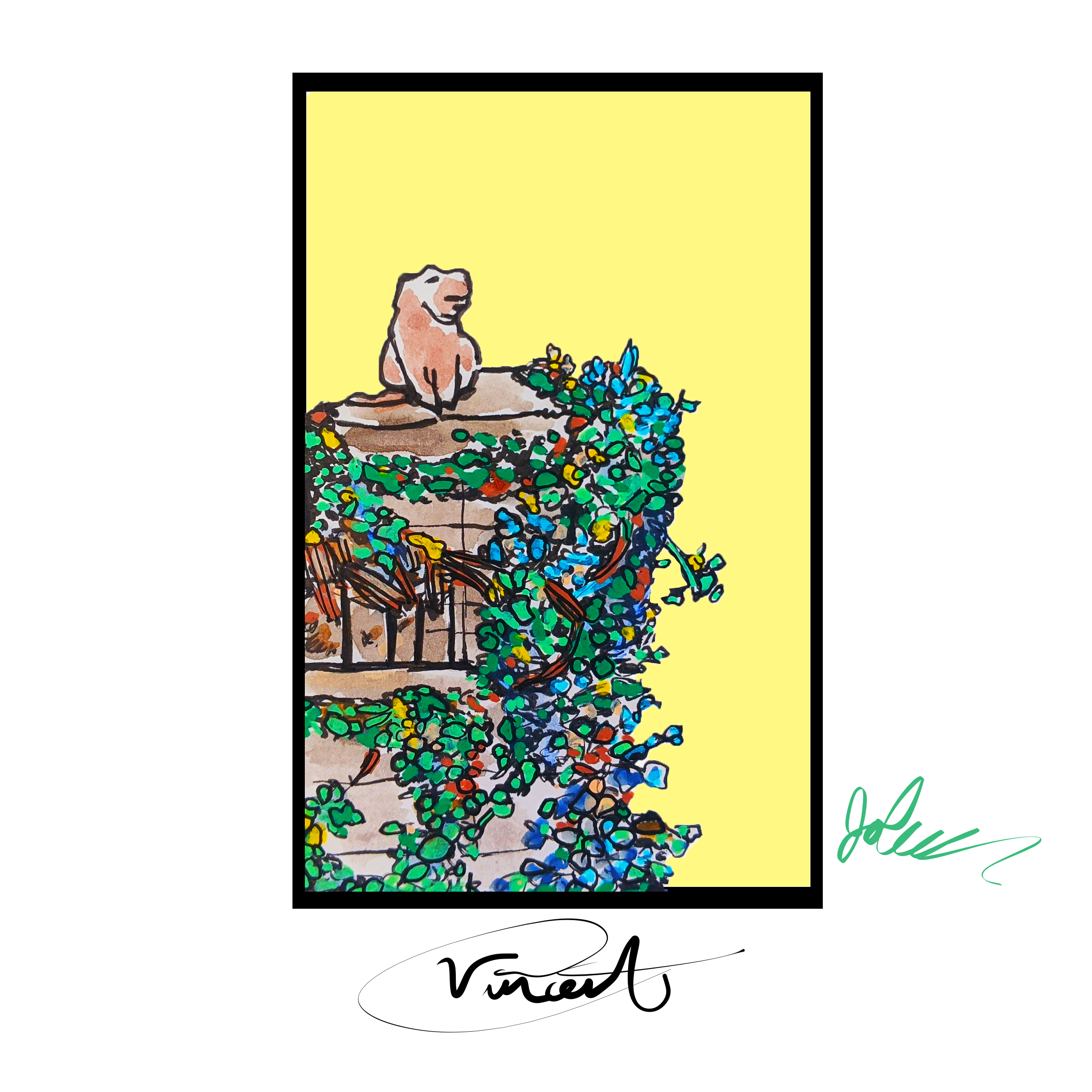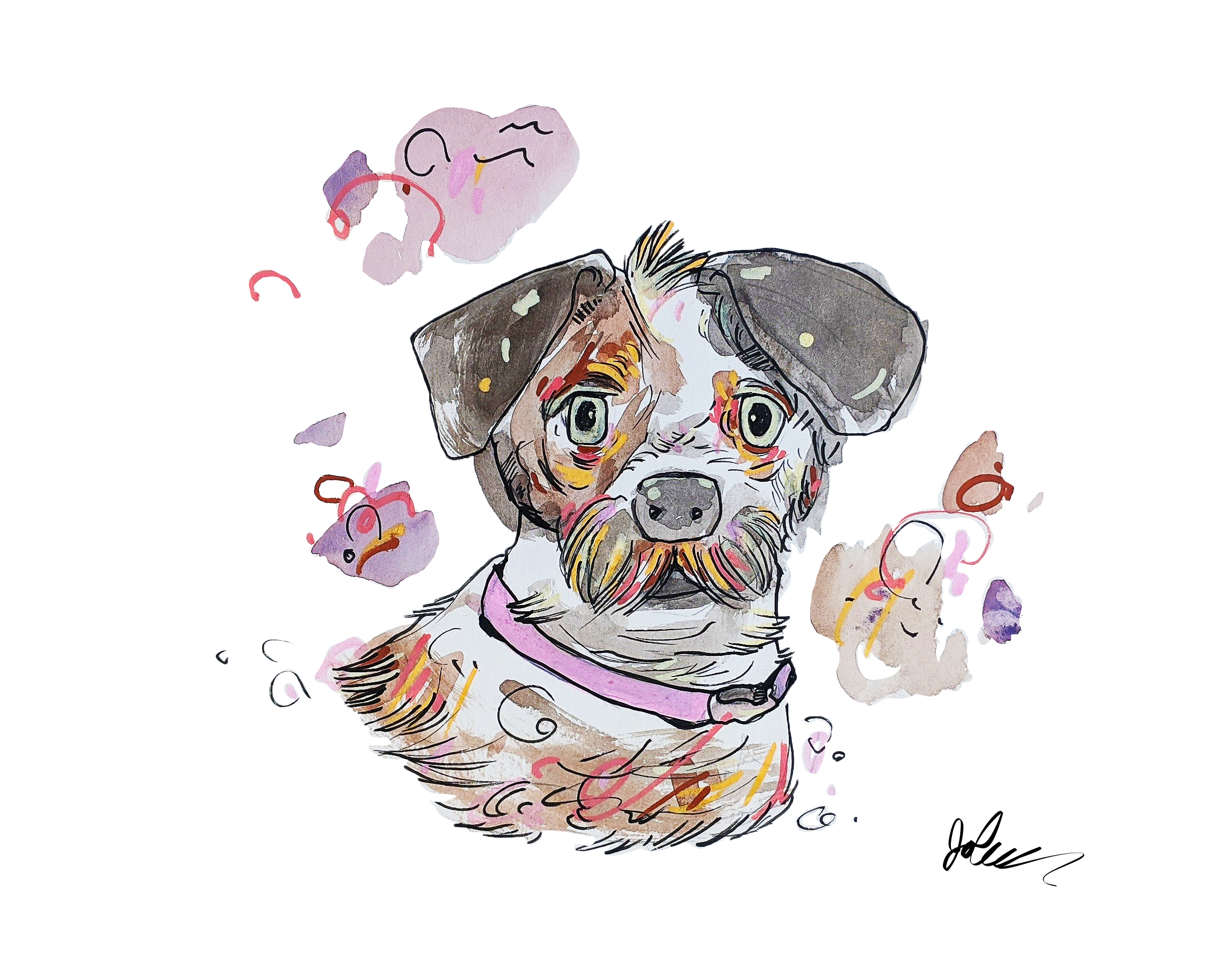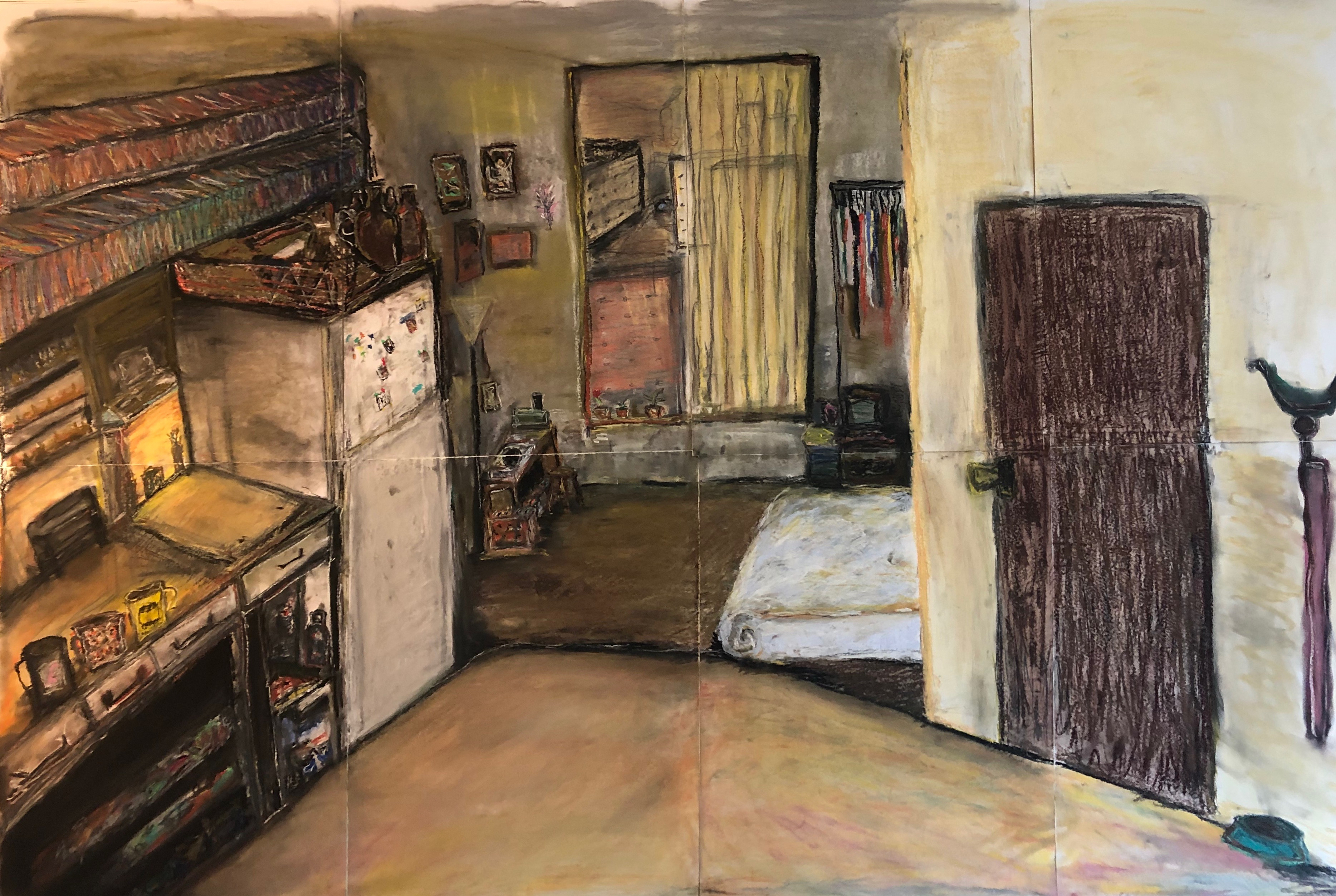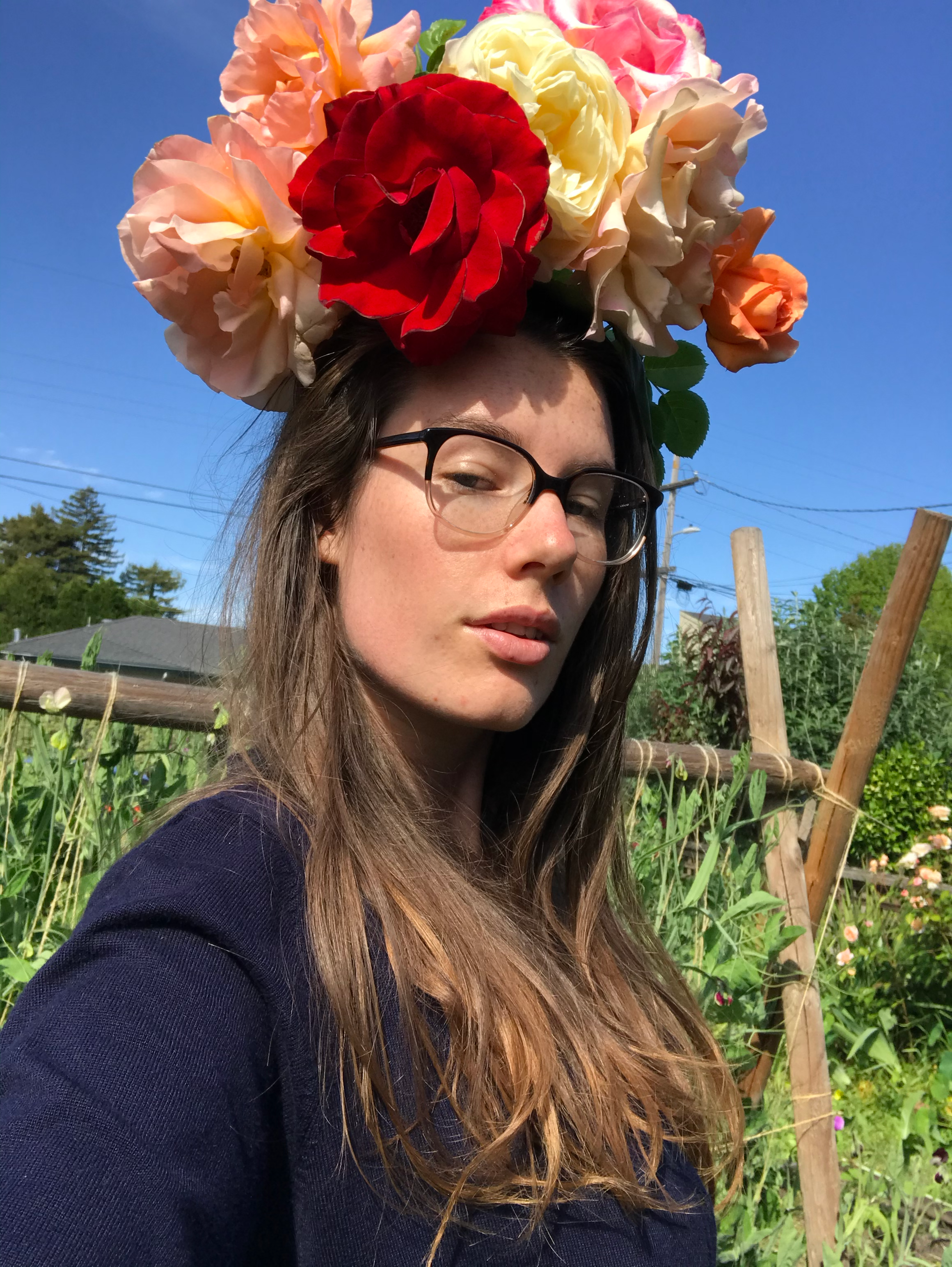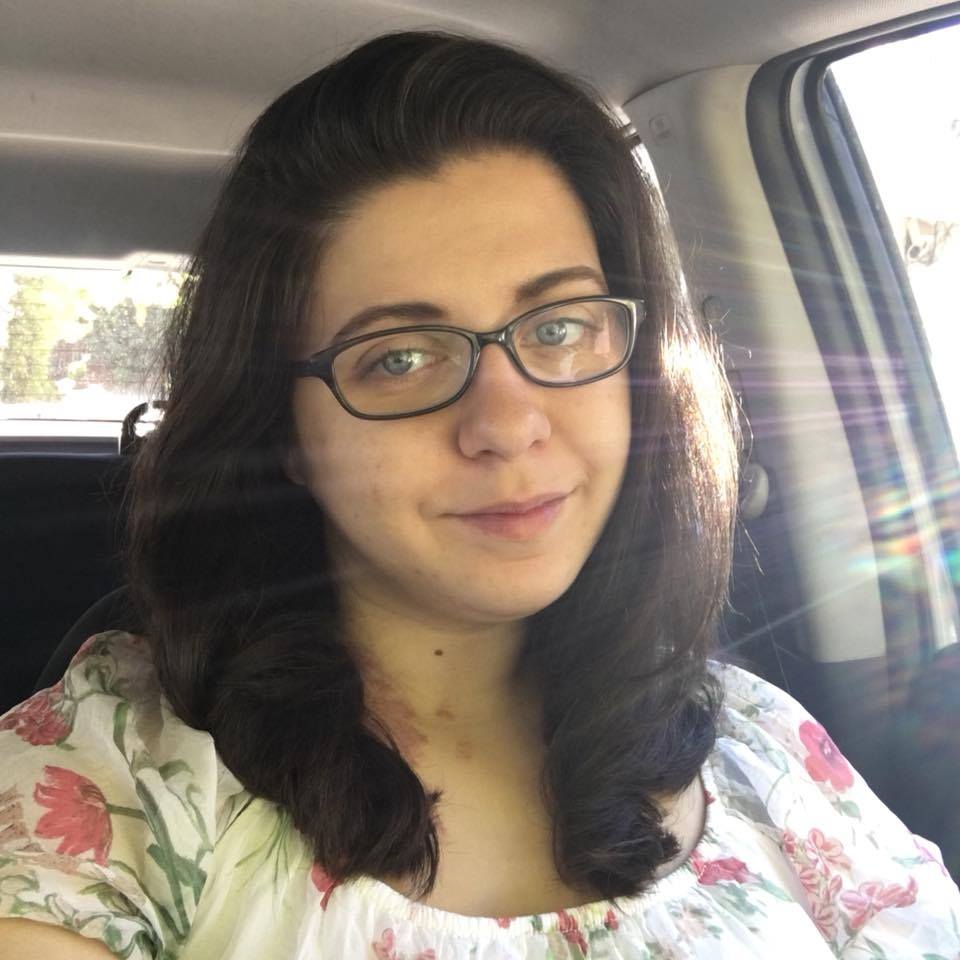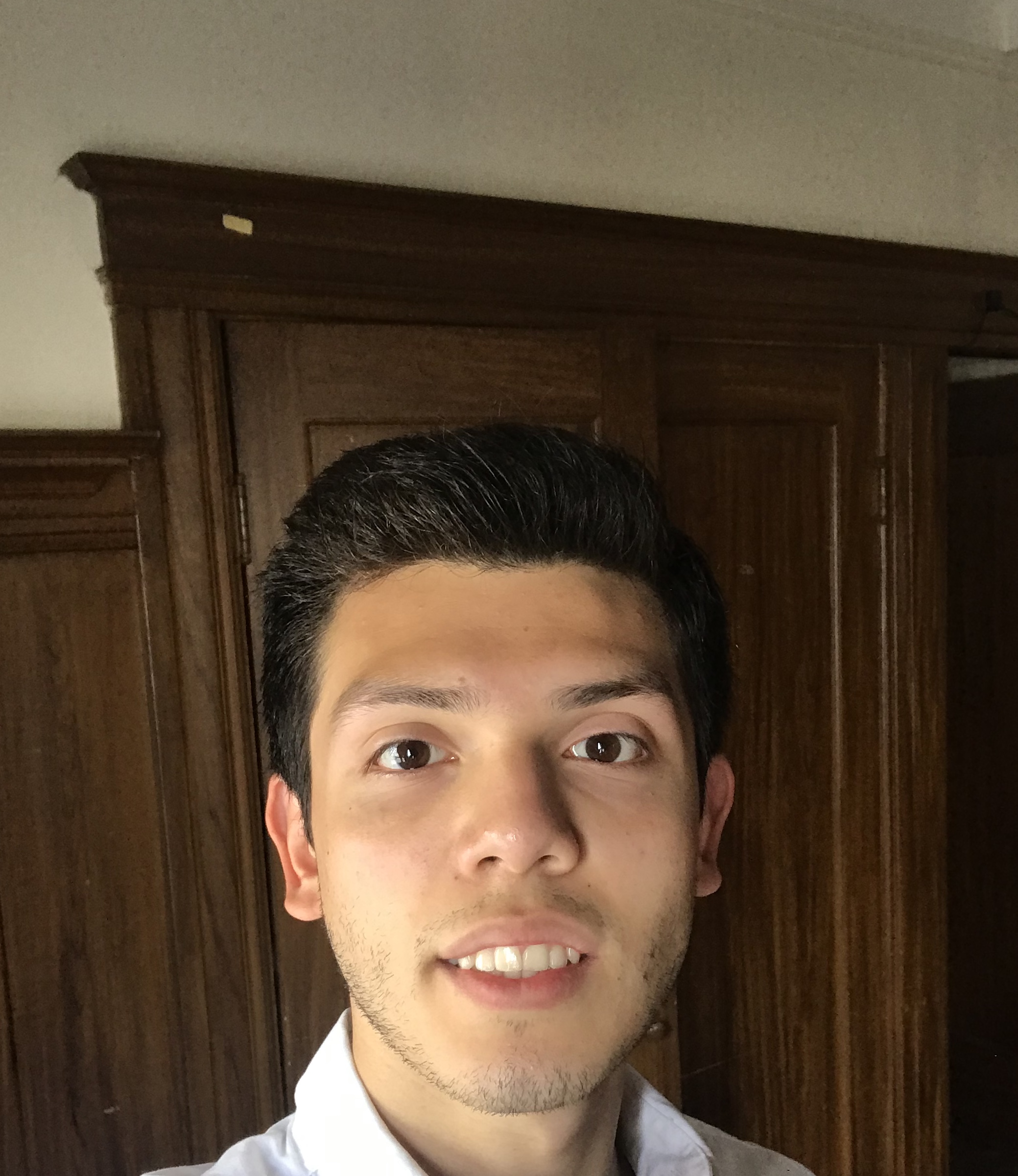Juarez-Vazquez also co-hosts Voz Sin Tinta, a multilingual reading event housed at Alley Cat Books that celebrated its 7-year anniversary in March. Because of the shelter-in-place order, Alley Cat had to shutter and Voz Sin Tinta went online.
Juarez-Vazquez explains that this shift to an online space for open mics hasn’t been all negative.“There has been a transition to the online model you know and it's ultimately for our survival but also to build community.” Juarez-Vazquez said in a Zoom interview.
He explained that the online poetry nights have continued to attract regulars, but also people from across the country, stating that someone from the East Coast joined recently. The Zoom poetry shows have attracted more people than in person because of the versatility that going online presents.
“When I look at my poetry, pretty much everything is part of my community, is part of my circle, so if anything, my poetry is an extension of my experience.” - René Juarez-Vazquez
“Even though this has been a shift on to the online realm, it begins to ask questions of availability and accessibility, because now we can have sort of poetry shows or pretty much just anything on the go with Zoom sessions.” Juarez-Vazquez said.
More information about Voz Sin Tinta can be found on their website here.
Read one of Juarez-Vazquez published works here.
